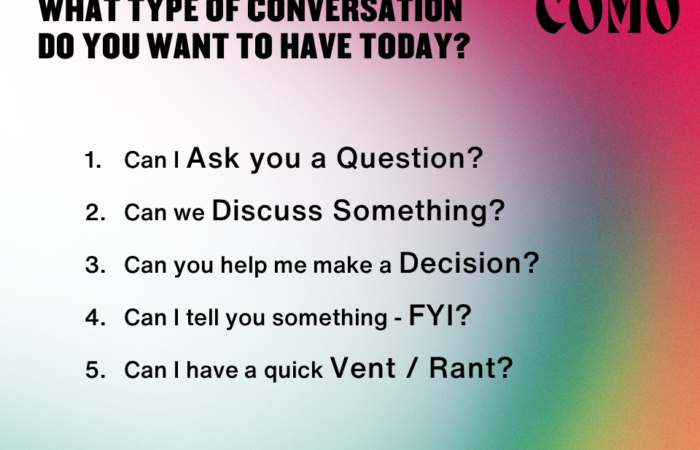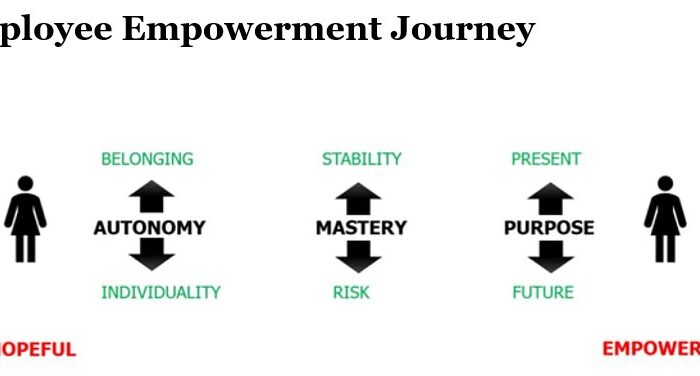The Good, The Bad, and the Ugly of Business Partnerships. In Blackboard Fridays Episode 77, Jacob talks about Legals. Need this implemented into your business? Talk to the international business advisor who can do exactly that – Contact Jacob, Learn More, or Subscribe for Updates.
Who is Jacob Aldridge, Business Coach?
“The smart and quirky advisor who gets sh!t done in business.” Back independent since 2019.
Since April 2006, I’ve been an international business advisor providing bespoke solutions for privately-owned businesses with 12-96 employees.
At this stage you have proven your business model, but you’re struggling to turn aspirations into day-to-day reality. You are still responsible for all 28 areas of your business, but you don’t have the time or budget to hire 28 different experts.
You need 1 person you can trust who can show you how everything in your business is connected, and which areas to prioritise first.
That’s me.
Learn more here. Or Let’s chat.
Transcript
Hi I’m Rob Shepley, Director at businessDEPOT Legal. Today I wanted to talk to you about business partnerships. So when I say partnership, I’m not just talking about the legal structure of partnership. What we’re talking about today applies to any type of arrangement where one person is in business with another person or more. I like to break this up into three stages or phases.
The first is starting off. So it might be that you’re in business on your own business or you might have one or two other people. Generally, at this stage most people are focused on business viability and whether this start up a business idea is going to work out, and what that is that’s the right focus to have but there are other issues you need to think about too so the relationship between your partners is very important but often doesn’t, you don’t realize how important this until later on.
Moving ahead to a next stage is growth so when you’re back in this first stage you might be thinking about growth for a little bit but it’s probably more pie in the sky you know if this goes well you know we might be rich but you probably don’t think a lot further.
Let’s say you get through the first stage. Business going well, you’ve proven the viability of the idea. And then you realize, do i need someone else to you know help me shoulder this burden or grow the team and you want to do that by adding another partner. So that pattern might come from within it could be that these people as an employee whose key in the business and you want to help retain them and bring them in as equity owners.
It could be someone who’s external and that might be from a previous life or a colleague and at that point you start thinking about well how do I bring that person in my legal structure. It’s a lot of ways to do that which I won’t go through today but it’s also very important that you have a discussion around your business relationship as partners so that’s normally done in a partnership agreement and again that can suit any particular structure you have.
It covers the sort of makeup the breakup of the relationship, as well as important things around the decision making, how its funded, you know how profits are split, and importantly how the partnership or the relationship can end and talking about anything.
The next stage is exiting. So there’s typically three ways that a business partnership can end. So one of them is maybe one partner is buying out the other partner. It could be their founding partner is older in life and is looking to you know pass or sell off to some of the younger partners. Issues can occur there around or how much have you value what this person’s interest is in the business.
How finance that, what if we still need that person to actually help transition clients across. That’s an important issue to deal with. The second scenario is maybe there’s an offer from a third party. So the third party over here wants to buy the whole business. Agreeing on that can be difficult at times.
Again, the scenario of an older partner might be really happy to cash in and walk way and retire. Someone who’s much younger might have expected they want to remain in the business, at business as an owner from one long periods. That is a key issue that’s dealt with in partnership agreements is they call it drag on tag along. But having that discussion around what the expectation is is a really important task. So that can happen that’s a the second scenario.
The third is you actually close the doors. So sounds drastic but if you can’t agree on one partner coming out and selling out, or someone else buying out the business and it’s a stage where you all agree the business things to close down then that’s what happens so then business shuts its doors no one really walks with anything great and unfortunately that happens and a lot of times that happens because people don’t have good partnership agreements and when I talk about that good partnership agreement, whilst the documents itself is very important, it’s really around having that discussion around issues and how you agree to deal with them that’s most important.
In my experiences, it’s very common when a problem occurs, for example a good problem the third party wanting to buy the business, the majority partner goes up a lot always you know anticipated that this could happen and if this would happen we would all sell and then the minority partner might say well no I thought that I would be able to decide whether i want to sell or not and sometimes the reality is that neither person really thought about it and they certainly didn’t talk to each other about it.
So the process of doing a partnership agreement just in itself and actually being prompted all these issues, is really the most important part so you really can’t overstate that. Sometimes a business partnerships called a business prenup. And you can see how just like with a marriage how it might be something that wrecks the romance but with the business it’s it’s really not like that it’s actually just about good planning.
You can always work on planning the business plan, revenue and expenses and forecasting that. But you also need to invest in how you plan the relationship between your partners. If this is something you’d like to talk about further, please talk to your advisor or give us a call.
Next Steps
Want to learn more about how this can apply to your business? It costs nothing to chat:
- Email me jacob@jacobaldridge.com (I read them all)
- Call, Text, or WhatsApp me +61 427 151 181
- Or just Subscribe https://jacobaldridge.com/about/subscribe-to-jacob-aldridge-com/ to stay in touch





[…] and 77 [https://jacobaldridge.com/business/the-good-the-bad-and-the-ugly-of-business-partnerships/ ] on […]